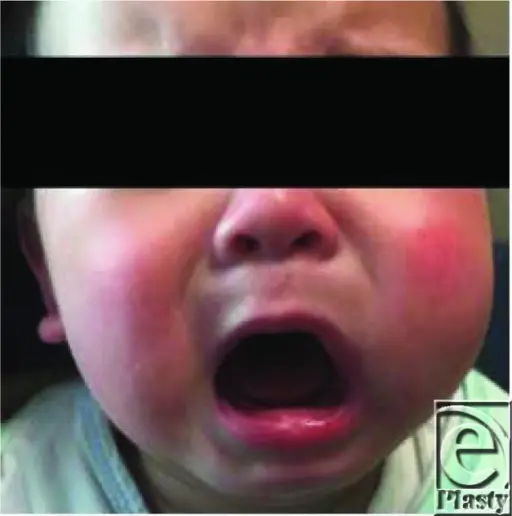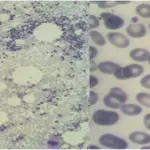Hemophilia B is is an inherited, X-linked, recessive syndrome that results from the deficiency of plasma coagulation factor IX.
What is the Pathology of Hemophilia B?
The pathology of hemophilia b is:
-Etiology: The cause of hemophilia b is the mutation in the factor IX gene.
-Genes involved: Factor IX gene.
-Pathogenesis: The sequence of events that lead to hemophilia b results from a wide range of alterations linking the factor IX gene.
-Morphology: Rash.
-Histology: Red blood cell changes.
How does Hemophilia B Present?
Patients with hemophilia b are typically predominant in males present at an age range of childhood to adulthood. The symptoms, features, and clinical findings associated with hemophilia b include prolonged bleeding, soft-tissue hemorrhage, tachycardia, hypotension, and orthostasis.
How is Hemophilia B Diagnosed?
Hemophilia b is diagnosed by CBC count, prothrombin time(normal), partial thromboplastin time (prolonged). FVIII assay tests and FVIII inhibitor assay tests are also helpful.
How is Hemophilia B Treated?
Hemophilia b is treated through medical care- coagulation therapy, recombinant factor IX, factor IX complex, factor IX. Recombinant coagulation factor IX. Antifibrinolytics, antihemophilic agent analgesics, and monoclonal antibodies.
What is the Prognosis of Hemophilia B?
The prognosis of hemophilia B is good. Patients can live long and productive with proper management and education.



